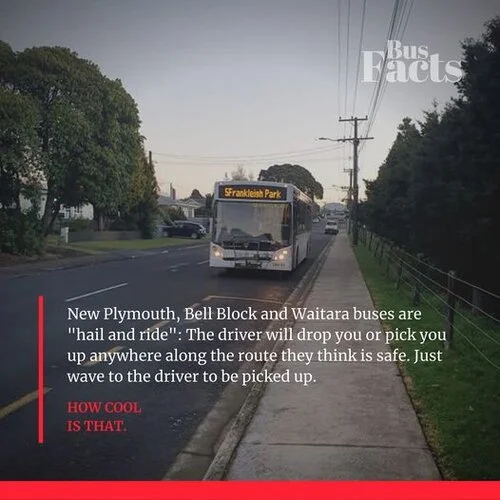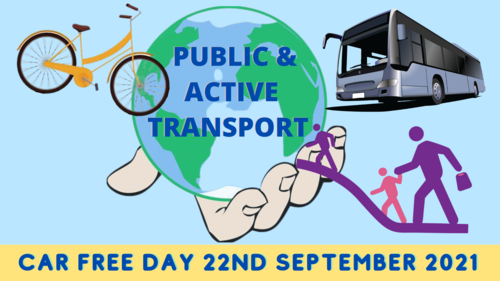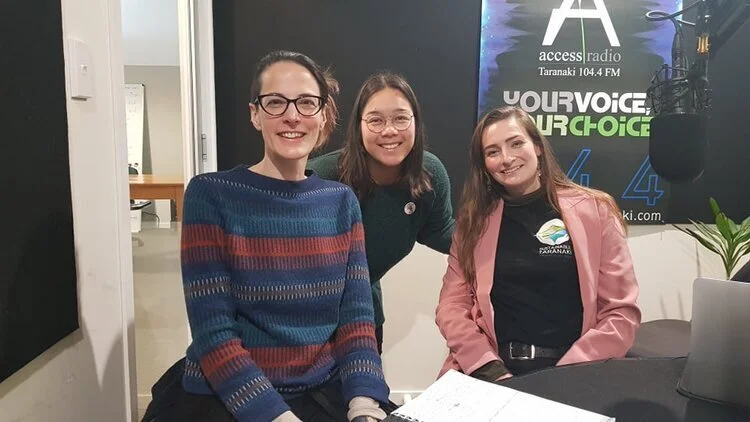I decided to take a Taranaki bus each week, and what I found surprised me
Written by Suraya Sidhu Singh, special guest contributor
When you see a bus, you might not think it’s a chance to save the planet. Public transport is little promoted as an environmental win, but just 7 people taking the bus instead of driving reduces congestion and carbon emissions. So why aren’t we all over public transport?
A bit of background
Transport is New Zealand’s next largest emissions sector after agriculture, but as much as some parts of the media would have you believe Tāmaki Makaurau is being turned into one big cycleway, action is slow. We spend more on roads than road users pay. The ‘feebate’ helps people buy electric cars, but most of us still can’t afford one and they do nothing for ever-growing car numbers. Councils have initiatives to get people walking, cycling, and using public transport, but their budgets are tiny and so impact limited.
It’s noticing how many people in Ngāmotu New Plymouth seem to want more parking spaces above any other life goal that made me wonder, why do we think, “We need more parking” but never, “If more of us used public transport, walked and cycled, we wouldn’t lack parking.”
I suspect the answer is because it’s not convenient to walk, cycle and use public transport in Taranaki because our streets and systems are designed for cars. The Let’s Go campaign of New Plymouth District Council told me the biggest reason people give for not walking or cycling more is safety. The Coastal Walkway shows, given a safe environment to walk and cycle, that people will flock to it. But why don’t we use public transport? To answer that, I decided to take one bus a week.
What’s taking one bus a week like?
I live in suburban Ngāmotu New Plymouth where the bus coverage is okay, but the timetable is limited to Monday to Friday roughly 7 am to 6 pm. There are around 14 buses a day on each route, so less than one an hour at times.
It took me a lot of time to get set up to take my first bus, like identifying relevant timetables, the best bus stop, what fares are, and how to pay. I ended up printing timetables as they were hard to follow on my phone. Seeing my fare would be $1 cheaper with a pre-pay bus card (“Bee card”), I decided I should get one… but it took five days to arrive and needed an extra step of “validating” online.
It took me a while to find a trip I could do by bus instead of driving. As well as the limited timetable, because all New Plymouth buses go to the CBD and a transfer might involve an hour’s wait, I can’t use buses to get to other suburbs.
But finally, the day arrived when I had my Bee card and a bus available at the right time for a trip I needed to make. I had a lovely walk to the bus stop, the bus was bang on time and I had the most glorious journey into town. The bus driver was friendly, waited for me to sit down before driving off and the trip was fast. I got off the bus feeling happy.
Because there’s so much to recommend our buses, I’ve since become a keen bus user, keeping to my ‘one bus a week’ when we’ve not been in lockdown. But I’ve also started to understand why people don’t use public transport and how we can solve that. I will be writing about this for stuff.co.nz and I’ve started a public transport user group, I love Public Transport Taranaki, to advocate for better public transport.
The wider impact of “one bus a week”
An unexpected side effect of seriously putting myself out to use public transport is, it’s made me consider every journey carefully. I’ve only replaced one car trip a week with a bus, but my husband and I are cycling much more and we’ve become good at putting more errands into one trip. Friends and family have started talking about getting a Bee card and trying the bus.
In a perfect world (and in fact, in several countries I’ve lived) people use public transport in great numbers because it’s the most convenient way to travel, and it’s wildly popular. If governments wanted to, it would be easy for them to change our transport habits fast with how they spend on transport. But while we’re demanding better public transport, cycleways, and walkways, our fellow citizens need to see more people at bus stops, on buses, walking and cycling. It gets them interested in trying different transport options and erodes that common objection that we don’t need cycleways and public transport because no one will use them. Taranaki’s a small place -- people notice what their neighbours are doing. We can use that to create change.
Some statistics from “one bus a week”
If just one in 10 people in Taranaki replaced one car journey a week with a bus, it would generate about $4.4 million in revenue, creating opportunities to make the system even better. It would also save 480kg of carbon emissions per person per year (or about 5800 tons across the whole province). And finally, 256 parking spaces would be vacated each day, which is about as many as in the old car parking building on Powderham Street.
If you’re up for trying the One Bus a Week challenge or doing something simple for better public transport in Taranaki, go to I love Public Transport Taranaki’s website.
Learn More About Why Adopting Active And Public Transport Are Important For Our Future And Ways To Get Going In Our Region.
Talking Taiao Podcast with Suraya Sidhu Singh
1:19 32:46




